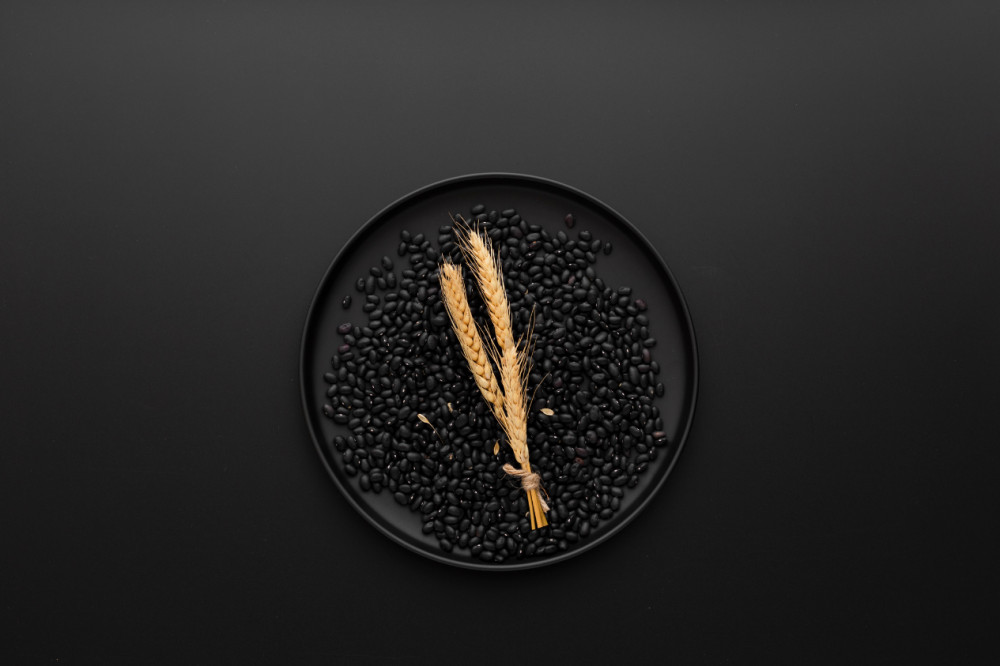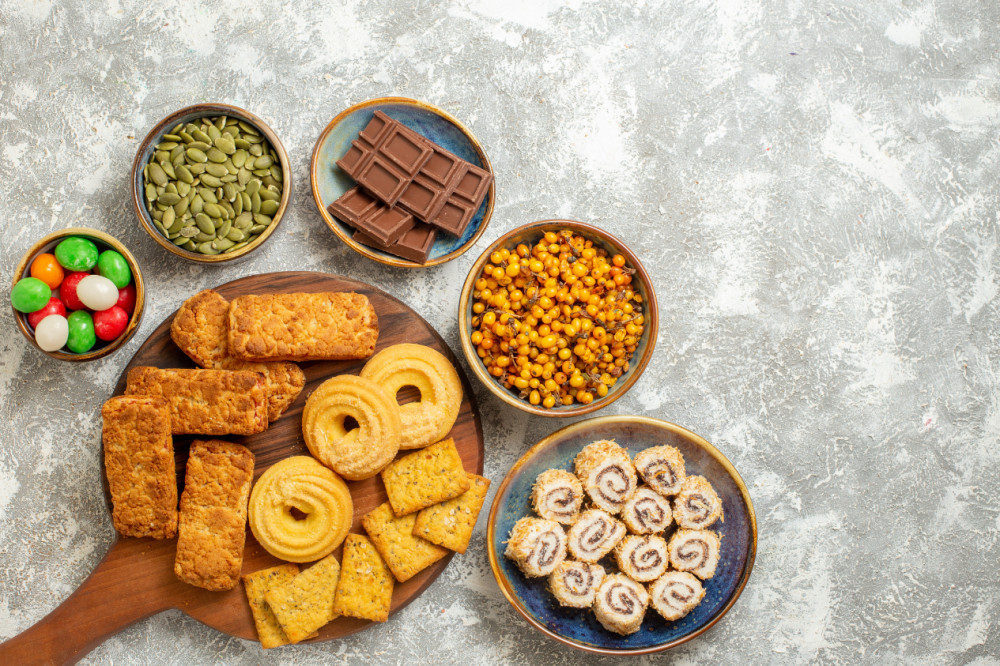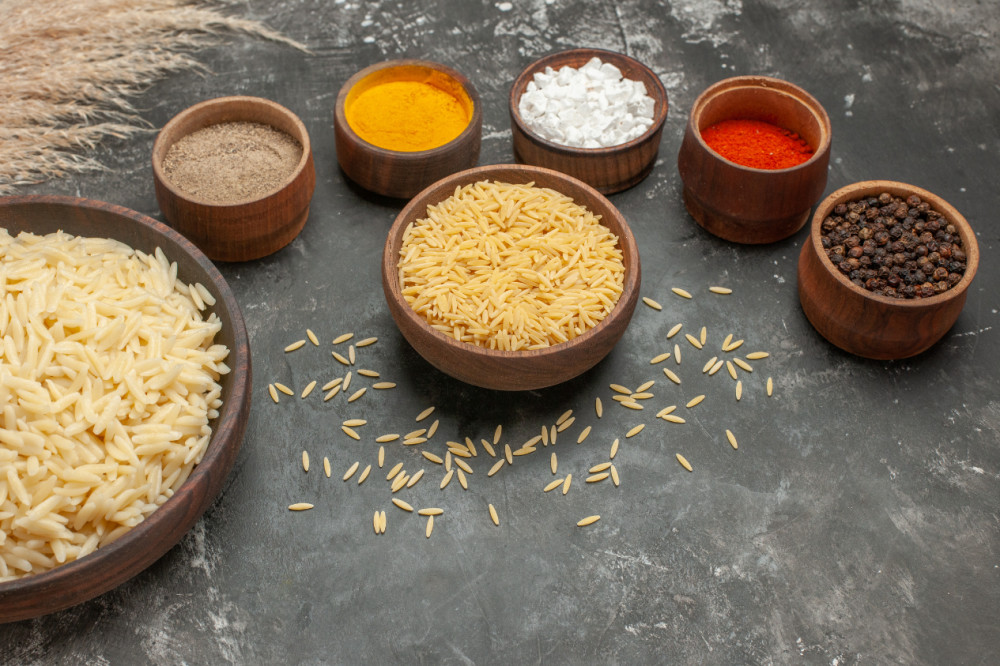
GUIDE TO DIFFERENT TYPES OF ASIAN CUISINE
So, you’re in the mood for something a little exotic, maybe something a little foreign, and you decide to head for something Asian. A reasonable choice for a meal, as Asian cuisine can be exciting and delicious. But, how do you make sure that you’re not being an ignoramus, simply because the meal you’re eating requires chopsticks? Not all Asian foods are made equal, and you can’t simply lump 48 countries under one ‘Asian’ category. Just to clarify, Pan Asian is a term that refers the entirety of Asia, so Pan Asian food would come from many parts of Asia, not just one country. Use this handy guide to different types of Asian cuisine to make sure you know your bibimbap from your bao. And no, they’re not from the same place.
CHINESE
Possibly the cuisine that got most people hooked onto Asian cuisine, it’s easy to see why Chinese food is so popular. If you’re eating dim sum such as wontons and dumplings, you’re spot on. Chow meins, sweet and sour pork, congee and Peking duck, along with hoisin sauce, all form part of Chinese cuisine.
JAPANESE
If you’re sitting down to enjoy a Japanese meal, there are a few key things to look out for. Firstly, the ever popular sushi is a good indicator that you’re eating Japanese food, as well as ramen, miso soup and anything fried in a tempura batter. Dim sum as a whole is not Japanese (they’re Chinese) but things like Gyoza are, which are dumplings made from delicate wrappers much thinner than a potsticker wrapper. Also, don’t let anyone try and serve you sriracha if you’re trying to keep it authentic, as it’s Thai. If you’re looking to add a little spice to your food, Togarashi powder is your best bet.
KOREAN
David Chang seems to have revived perception of Korean food and has made it one of the most popular cuisines recently. But, as he has spent lots of time in Japan, his food tends to be a (glorious) mix of the two cultures and there seems to be a lot of confusion as to what Korean food is. Firstly, kimchi is Korean and not Japanese. The deliciously fermented cabbage-based condiment is a staple in Korean kitchens. Bibimbap, the rice, veggie and egg dish, is also famously Korean, as is galbi, marinated meat cooked over an open flame.
TAIWANESE
Bao is probably the most well-known Taiwanese dish that seems to feature in every Asian restaurant. If you’re enjoying some Japanese or Chinese food and someone tries to slip you bao, you can now call them out on it.
THAI
Thai food seems to be the one cuisine that seems to be interchanged amongst all Asian cuisine. So, what dishes are specifically Thai? Your yellow, green and red curries are all welcome here because if you’re sitting down to a Thai meal, these are traditional. As are Pad Thais, Tom Yum soups and satays. Spicy papaw salads, and dishes with funky, fermented dried shrimp are also very traditionally Thai.
VIETNAMESE
Pho, fresh spring rolls, Bánh mì and Bun cha are all distinctly Vietnamese, as is the all-important Nước chắm (funky, acidic, sweet-spicy dipping sauce). Often, lots of these Vietnamese dishes are snuck on to Japanese or Thai menus, so don’t let anyone try and fool you.
Related Blogs
.png)
National Potato Month: Creative Indian Recipes Featuring the Humble Potato
64 Views

Plant-Based Caviar: The Sustainable Luxury Food Trend of 2025
62 Views

DIY Fusion Lassi Recipes for September
161 Views

Street Food at Home: Mumbai’s Top 10 Snacks You Can DIY
184 Views

National Rice Month: Exploring India’s Diverse Rice Varieties and Recipes
179 Views